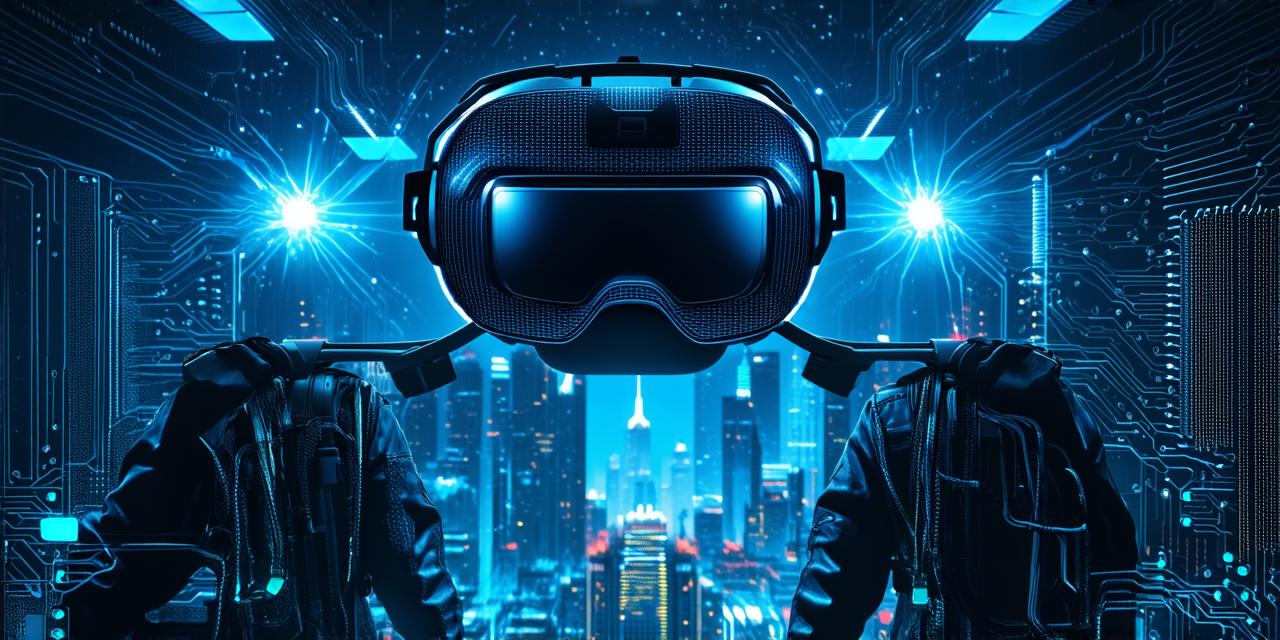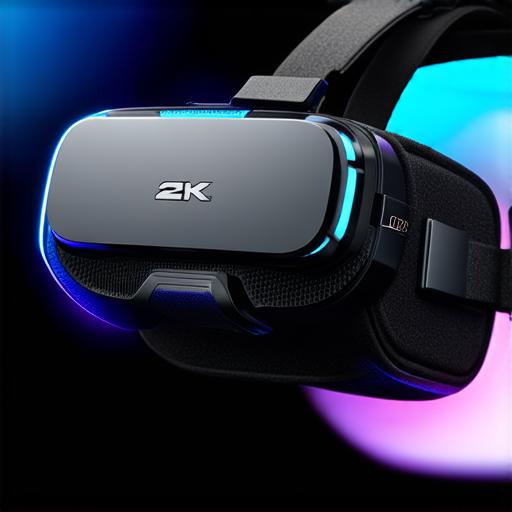
How do virtual reality headsets work?
Virtual reality (VR) is becoming increasingly popular in various industries, from gaming to education and healthcare. At the heart of VR experiences is the virtual reality headset, which allows users to immerse themselves in a simulated environment.
The Basics of Virtual Reality Headsets
Virtual reality headsets are worn by the user and typically consist of two screens that display slightly different perspectives, creating an illusion of depth. The screens are usually mounted at a distance from the eyes, and users can adjust the position of the headset to achieve the best possible experience. Some VR headsets also have built-in sensors, such as accelerometers and gyroscopes, which track the user’s movement and adjust the display accordingly.
There are two main types of VR headsets: wired and wireless. Wired VR headsets require a computer or gaming console to generate the content, while wireless VR headsets have their own processing power and can run standalone games or applications. Wireless VR headsets are generally more expensive than wired ones but offer greater freedom of movement.
The most popular VR headset currently on the market is the Oculus Quest 2, which was released in October 2020. It offers a high-resolution display and a wide field of view, making it ideal for gaming and other immersive experiences. Other popular VR headsets include the HTC Vive Pro Eye, Sony PlayStation VR, and Samsung Gear VR.
Understanding the Technology Behind Virtual Reality Headsets
Virtual reality headsets use several technologies to create an immersive experience for the user. These include:
- Display technology: The screens in VR headsets typically use liquid crystal displays (LCDs) or organic light-emitting diodes (OLEDs) to display images. LCDs are more common and less expensive, while OLEDs offer better color accuracy and contrast.
- Sensing technology: VR headsets use various sensors to track the user’s movement and adjust the display accordingly. The most common sensors include accelerometers, gyroscopes, magnetometers, and inertial measurement units (IMUs). These sensors measure the user’s position, orientation, and acceleration and send this information to the VR headset’s software.
- Image processing: The VR headset’s software takes the data from the sensors and combines it with the content being displayed on the screen. This process is known as stereoscopic rendering and creates an illusion of depth by displaying slightly different perspectives from each eye.
- Audio technology: Virtual reality experiences often include spatial audio, which simulates the sound coming from different directions in a virtual environment. Some VR headsets also have built-in microphones that allow users to communicate with others in the virtual world.
Creating Immersive VR Experiences
Virtual reality headsets offer developers a unique opportunity to create immersive experiences that engage and entertain users. To create an effective VR experience, developers need to consider several factors:
- Content design: Developers must design content that is engaging and easy to navigate in the virtual world. This includes creating intuitive controls, designing clear and concise instructions, and providing a sense of progression through the experience.
- User experience: The user experience (UX) is critical to the success of a VR application. Developers must consider factors such as ease of use, comfort, and realism when designing their experiences. This includes testing the experience with real users to gather feedback and make improvements.
- Performance optimization: VR applications require high-performance hardware to run smoothly. Developers must optimize their content for the target platform and ensure that it runs at a consistent frame rate.



